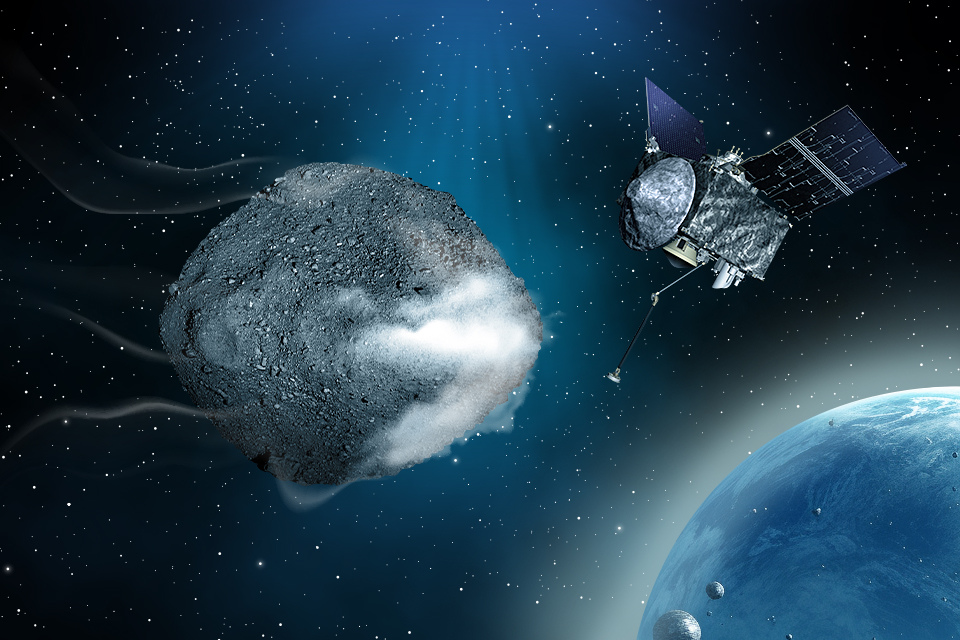On September 24, the OSIRIS-REx lander returned to Earth. It brought samples of the material of the asteroid Bennu (101955 Bennu), which became only the fourth celestial body, the substance from which would fall into the earth’s laboratories. Let’s find out what it really is.

1. What is the asteroid Bennu?
Bennu is a near-Earth asteroid from the Apollo group. This means that it does not rotate very far from the Earth: the major semi-axis of its orbit is 1.13 AU, and most of it lies further from the Sun than the orbit of our planet.
The asteroid was discovered on September 11, 1999. For quite a long time it was simply called 1999 RQ36. It got its name only in 2012, which was suggested for it by a 9-year-old schoolboy from North Carolina. It belongs to a bird from ancient Egyptian mythology — a symbol of the resurrection of the god Osiris.
2. What is the size of the Bennu?
Bennu is a small asteroid. Its average diameter is only 510 m. This is slightly less than the tallest skyscrapers built by humans. At the same time, it resembles a diamond in shape, and there is a thickening along its equator. Scientists believe that these are traces of dust particles settling on it.
The Bennu weighs about 140 million tons — about 14 thousand times more than the Paton Bridge. Its density is 1,194 g/cm3, which is slightly more than that of water.
3. What does the asteroid Bennu consist of?
It is quite difficult to find out what Bennu is composed of, based only on its density, since we do not know how large the cavities inside it are. The first studies have shown that it belongs to a subclass of carbonaceous asteroids.
According to the spectrograph on board the OSIRIS-REx spacecraft, Bennu is rich in the mineral magnetite and water. The final conclusions about its composition will be made after studying the samples in the laboratory. There is no consensus among scientists about the origin of this asteroid: some believe that it was once part of the Main Belt, others that it has a cometary origin.
4. Can Bennu collide with the Earth?
Every few years, Bennu comes close enough to the Earth. The next close approach with it will take place in 2060. Then it will come to us at a distance of 750 thousand km. This is about twice the average radius of the Moon’s orbit.
Then it will be 2135. And Bennu will pass at a distance of 203 thousand km, and it will already be closer to the Moon. Finally, on September 24, 2182, it will get so close to our planet that it will collide with it with a probability of 1:2700. If this happens, the energy of the explosion will be 1,150 megatons in TNT equivalent — this is 20 times more than was released during the explosion of the most powerful bomb created by humans.
5. Can extraterrestrial life be found in OSIRIS-REx samples?
When a spacecraft delivers samples of a substance from deep space, they are stored in an airtight container, which is opened only in an isolated laboratory. This is done, in particular, in order not to bring some alien life form to Earth. Although the main reason is to prevent the life of the earth from polluting valuable samples.
No one can guarantee that there will be no interesting and dangerous organic matter in the Bennu material. However, no one really counts on it. After all, the Hayabusa and Hayabusa-2 spacecraft had already brought samples from very similar asteroids, and nothing like that was found there.
Follow us on Twitter to get the most interesting space news in time
https://twitter.com/ust_magazine
